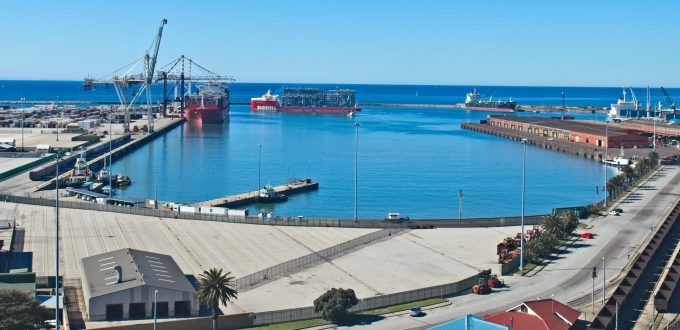US tariff policy 'unsustainable and only temporary', says Geodis VP
Logistics services providers (LSPs) are feeling the impact of the downturn in the EU’s automobile ...

South Africa is set to see a shift from air freight as importers and exporters eye tumbling sea freight rates and improved ocean reliability.
The automotive industry in particular will rely less on air, delegates heard at last week’s Air Cargo Africa event in Johannesburg.
“The market has been very volatile,” explained Renaj Moothilal, executive director of South Africa’s component manufacturer association, NAACAM. “The component market depends on a globally integrated value chain. You can’t have 99% of components, you need 100%.
“In ...
Maersk u-turn as port congestion increases across Northern Europe
Apple logistics chief Gal Dayan quits to join forwarding group
Maersk Air Cargo sees volumes fall as it aims for 'margin in favour of revenue'
Airlines slash freighter capacity post-de minimis, but 'the worst is yet to come'
Houthis tell Trump they will end attacks on Red Sea shipping
Transpac rates hold firm as capacity is diverted to Asia-Europe lanes
MSC revamps east-west network as alliance strategies on blanking vary
India-Pakistan 'tit-for-tat' cargo ban sparks sudden supply chain shocks


Comment on this article